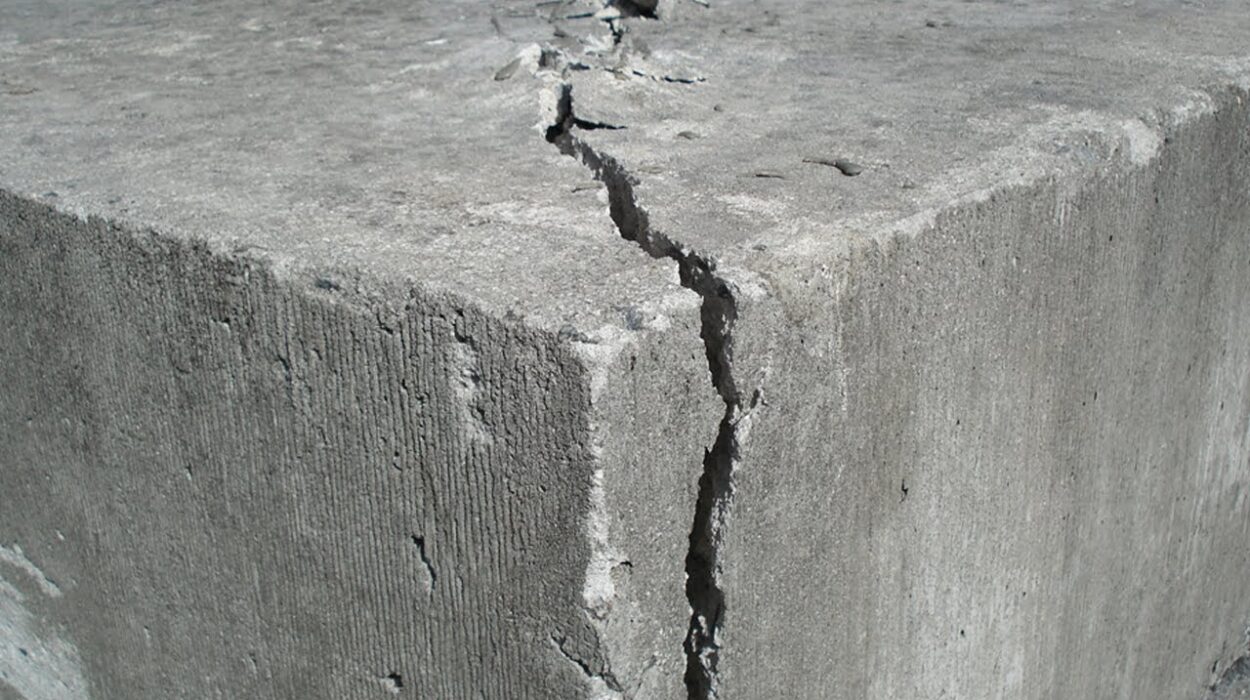Repairing cracked and damaged concrete is one of the most common homeowner tasks. But, what if you don’t want to go through the hassle of calling a contractor? What if you want to do it yourself? In this blog post, we will introduce you to some easy DIY ideas for repairing concrete. From using epoxy to filling in cracks with mortar, these methods are simple and can save you time and money. So, whether you need a quick fix or something more permanent, read on for ideas on how to patch concrete yourself.
How to Patch Concrete
There are many different ways to patch concrete, depending on the damage and the available materials. Here are four popular methods:
- Sanding and cleaning: This is the most common method for repairing small cracks in concrete. First, sand the area around the crack with a coarse grit sandpaper to remove any dirt or debris. Then use a clean cloth or a vacuum cleaner to dry the area completely. Apply a layer of spackling compound over the crack and spread it using a trowel or a shovel. Cover the spackling with another layer of fresh mortar mix and spread it again using a trowel or shovel. Finally, cover the patch with a final layer of mortar and finish sanding and painting with a light touch of clean sandpaper.
- Patching with epoxy: Epoxy is another common type of sealant used to repair concrete cracks. To use this method, first remove any existing concrete around the crack with a chisel or an angle grinder. Then surface prep (clean, roughen up surface) by sandblasting, grinding or flAKING then apply epoxy in two layers using an application tool such as an auto-body filler gun, smear gun or roller kit (depending on size/shape). Smooth out coat after each application then cure for 24 hours before repointing/reaming if needed or just letting it set rock hard for aesthetic purposes (note: some
Patching a gouge in concrete
When it comes to repairing concrete cracks and gouges, there are a few simple techniques you can follow. The first is to use a patching compound or epoxy. This will create a strong bond between the concrete and the patch, ensuring that the repair lasts for years. For smaller gouges, you can also use a small amount of mortar or tile adhesive to hold the patch in place. Once the adhesive has dried, you can sand it down and paint over it to match your existing concrete surface.
Patching a crack in concrete
If your concrete has a crack, there are a few things you can do to patch it. You can use a sealant or epoxy, or you can use fiberglass reinforcement mesh (FRM). FRM is a type of plastic mesh that’s usually used to reinforce concrete. It’s available in different sizes and shapes, so you can find the right one for the job.
To use FRM, first make sure the surface where the crack is located is clean and dry. Then cut the FRM into the correct shape and size. Place it over the crack and press it down into place. Make sure all sides of the FRM are pressed down firmly. Finally, use a hot iron to heat up the FRM until it becomes flexible. This will allow you to stretch it over the crack and hold it in place.
Patching a hole in concrete
If you have a hole in your concrete patch it using a variety of methods. The most basic is to use a bucket and some sand or gravel to fill the hole and level the surface. You can then apply a layer of concrete to the area, using a trowel or power shovel. After the concrete has cured, you can smooth out any bumps or irregularities with a shovel or trowel.
Patching a slab of concrete
If you are like most homeowners, you probably patch concrete when it starts to crack or peel. Here are some helpful DIY ideas for repairing concrete:
- Use a mix of hot water and Epsom salts to clean the area and soften the surface of the concrete.
- Apply a mortar mix composed of 2 parts Portland cement, 1 part sand, and 1 part water to the area that needs to be patched. Smooth the mixture with your hand or a trowel before pouring it into the cracks.
- Use a wire brush to scrub away any existing dirt, dust, or grime from the patch before adding new mortar. Let the repair dry for at least 48 hours before using traffic or heavy duty tools on it.
Patching a block of concrete
If your concrete gets patches as a result of water infiltration, cracks, or sun damage, patching it is an inexpensive way to restore its appearance and prevent further damage. Here are four DIY methods for concrete patching:
- Mix a thick joint compound with sand and use a trowel to apply it to the affected area. Let the mixture dry for at least 24 hours before scraping off the excess.
- Use epoxy resin in a similar manner to traditional construction adhesive and seal the crack with a layer of plastic wrap and then let dry for 48 hours.
- Use metal mesh cut to fit over the hole and drilled several inches below ground level with a hole saw so that the wire doesn’t touch the ground. Push metal pins through both layers of mesh, securing them in place with screws or nails. Water will not penetrate through this type of patching.
Patching an irregularity in concrete
There are many different ways to patch an irregularity in concrete. You can use a commercial patch, use a creative solution, or do it yourself using a few simple supplies. Here are three DIY methods for fixing concrete patches:
- Use a Commercial Patch
If the irregularity is small and doesn’t require structural support, you can use a commercial patch. This type of patch is made of a strong adhesive and plastic reinforcement that fills in the holes in the concrete. To install a commercial patch, you first need to remove the old piece of concrete and clean the area where the new patch will be installed. Then, use a trowel to apply a thin layer of adhesive to the area where the new piece of concrete will be laid. Next, place the new piece of concrete over the adhesive layer and press it down firmly. Finally, cover the entire area with plastic wrap and let it dry for 24 hours.
- Use Creative Solutions
If you have access to some creative materials (like straws), you can use them to fill in small holes in your concrete surface. For this method, you’ll need some water, a few pieces of straws, and some cement powder. First, wet one end of each straw and insert it into one end of a broken piece of glass so that they form an airtight seal. Then mix together enough cement powder to make a thick paste and coat one end of each straw with it. Now insert each straw
Conclusion
As homeowners, we are always looking for ways to spruce up our homes without breaking the bank. One of the best (and easiest) ways to do this is by using concrete patches. Not only are they affordable and easy to install, but they can also add a touch of rustic charm to any home. Whether you’re looking for a simple accent or something more complex, these eight DIY ideas for concrete patches will get you in the mood to renovate!

